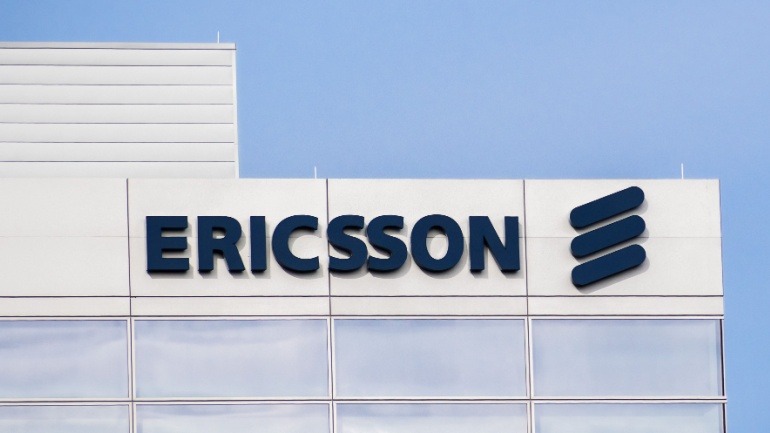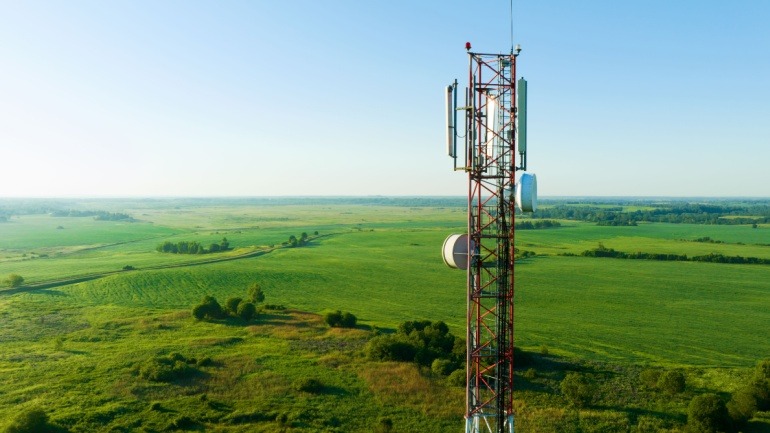As the buzz around 6G grows, a pressing question emerges: Is 6G inevitable, and will it surpass 5G? While advancements in 5G dominate current efforts, the discourse on the transition’s timing and necessity is gaining momentum. Significant investments are being funneled into enhancing networks, potentially redefining VoIP solutions.
AWS is adjusting its data center leasing strategy, particularly internationally, amidst investor scrutiny over AI infrastructure spending. This temporary pause in leasing discussions signals a strategic shift, focusing on synchronizing growth with demand. AWS continues to review infrastructure options for efficient AI deployment.
Ericsson and Bell Canada have successfully completed the world’s first field trial of AI-native link adaptation, boosting downlink throughput by 20 percent and spectral efficiency by 10 percent. This real-time AI integration enhances network performance, marking a major step toward smarter, more responsive 5G and future 6G networks.
OpenAI and SoftBank are eyeing the U.K. for their ambitious Stargate project, aiming to supercharge global AI infrastructure. Backed by major investment and government support, the U.K.’s advanced ecosystem and strategic planning position it as a frontrunner in this transformative AI expansion.
Ericsson reported a 61 percent surge in net income for Q1 2025, driven by strong North American network sales and enterprise wireless growth. Despite the financial boost, CEO Börje Ekholm faces shareholder tension over past acquisitions.
Chunghwa Telecom is partnering with Astranis to launch Taiwan’s first dedicated geostationary satellite, enhancing national connectivity and infrastructure resilience. Scheduled for deployment by 2025, the project is part of a larger satellite program and reflects Taiwan’s commitment to secure communication systems.
NTT Corporation’s revolutionary AI chip significantly enhances drone capabilities by enabling real-time 4K video processing at 150 meters, a vast improvement from the traditional 30-meter range. This advancement broadens drone applications for industrial inspections, offering extended range and efficiency.
Shanghai has become China’s first mega-city to achieve comprehensive 5G coverage throughout its entire metro system. This milestone spans all 21 metro lines, significantly enhancing Shanghai’s transportation network with real-time operations, predictive maintenance, and smart urban transit.
Nvidia’s initiative to establish AI infrastructure in the US signals a pivotal shift in cutting-edge technology manufacturing, partnering with TSMC, Foxconn, and Wistron. By building AI chips and supercomputers, Nvidia positions itself at the forefront of the AI economy, promoting localized production.
Vodafone is pioneering an innovative use of its mobile network by conducting a trial in the River Severn area for short-term rainfall prediction, known as nowcasting. By collaborating with Wireless DNA, Vodafone analyzes signal data affected by rain, which can enhance weather forecasting accuracy beyond traditional methods.













